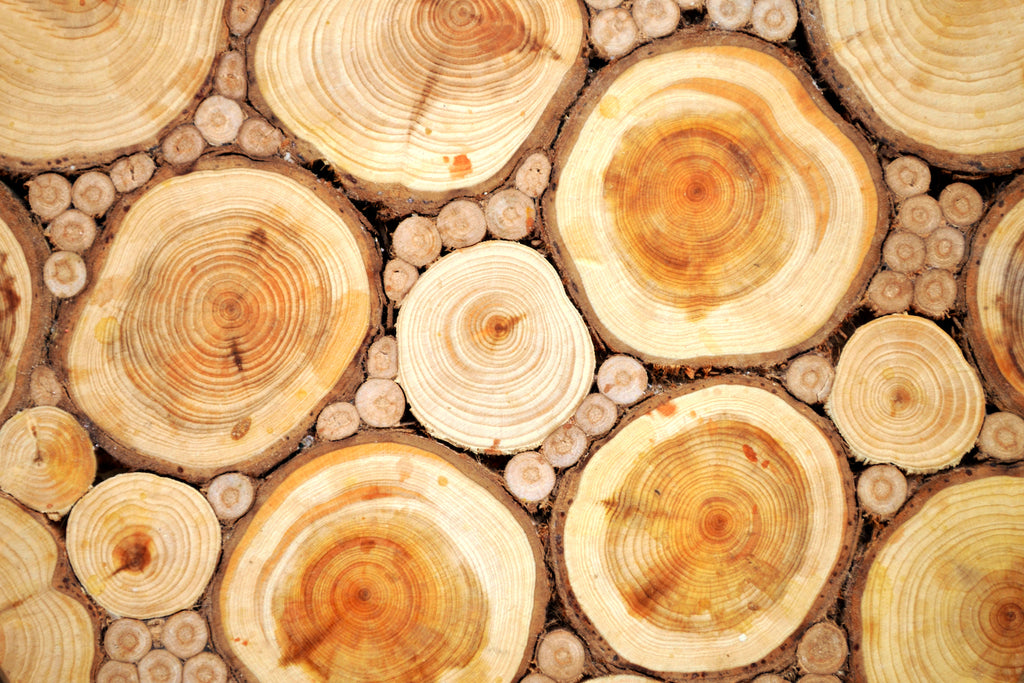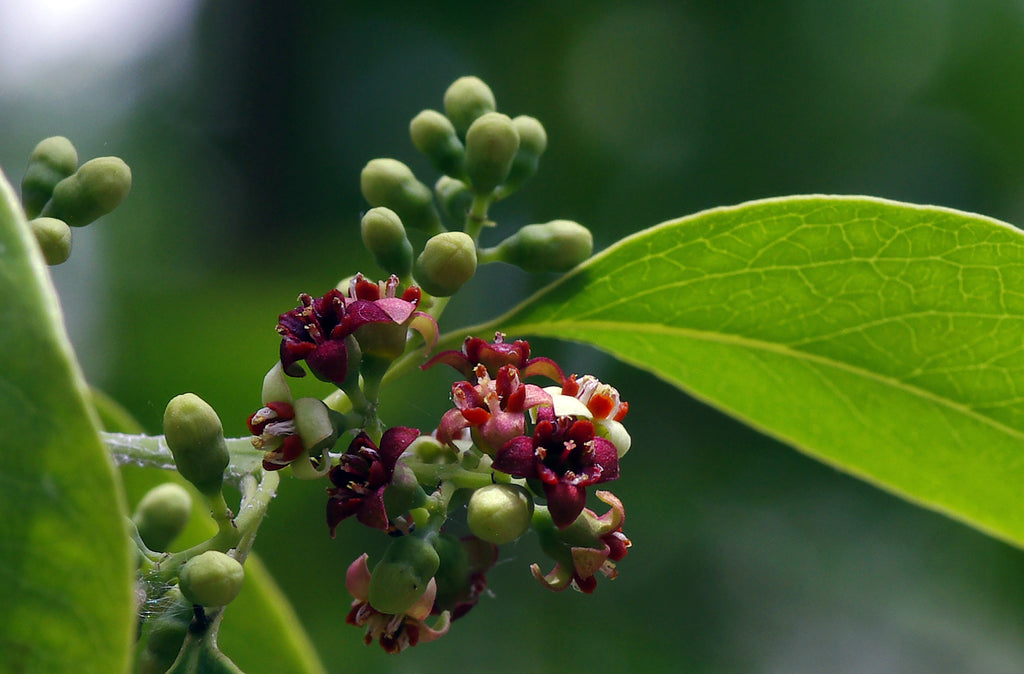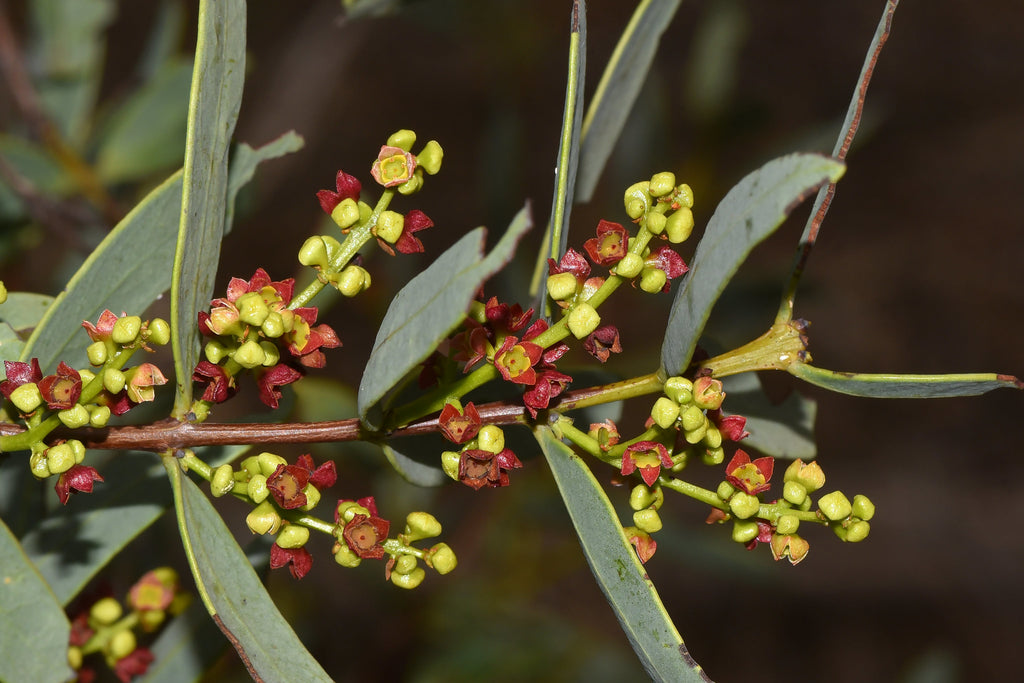Don't miss our holiday offer - up to 50% OFF!
Discover the Timeless Allure of Sandalwood Incense: A Complete Guide
Discover the timeless allure of sandalwood incense! Explore its history, benefits, and how to use it for tranquility and spiritual well-being in this complete guide.
The Timeless Allure of Sandalwood Incense: A Complete Guide
Sandalwood incense has been cherished for thousands of years, known for its soothing aroma and spiritual significance. Whether you’re an incense enthusiast or a beginner, this guide explores the fascinating world of sandalwood incense, its origins, benefits, and how to use it daily.
What Makes Sandalwood Incense So Special?
Sandalwood is more than just a fragrant wood—it’s a symbol of purity, healing, and tranquility. Its use dates back to ancient civilizations, where it was essential in spiritual ceremonies and traditional medicine. The scientific name for the sandalwood tree family, Santalum, comes from the Sanskrit word Candana, meaning “wood for burning incense.”
From ancient India to Chinese temples, sandalwood has traveled far, leaving a trail of calm and reverence. Today, it remains a beloved ingredient in incense and perfumery, offering a warm, woody aroma that’s both grounding and uplifting.

What Does Sandalwood Incense Smell Like?
High-quality sandalwood incense smells like a fresh forest breeze mixed with creamy richness. Its scent is woody, slightly powdery, and long-lasting. Sandalwood is also a natural fixative, enhancing and stabilizing other aromas, making it a cornerstone of incense blends and perfumes.
The Origins of Sandalwood: A Tree Like No Other
Sandalwood trees are semiparasitic, relying on other trees to grow. Native to India, Australia, Pakistan, and Indonesia, these trees are now mainly cultivated in plantations due to overharvesting.

The heartwood and roots contain essential oils that give sandalwood its signature scent. These oils take 15-30 years to develop, but the finest sandalwood comes from trees aged 50-100 years.
Indian Sandalwood vs. Australian Sandalwood: What’s the Difference?
Indian Sandalwood (Mysore Sandalwood)
Indian sandalwood, or Santalum album, is the gold standard. Its complex, gentle aroma comes from high concentrations of α- and β-santalols, the active ingredients with therapeutic properties.
Historically, Mysore sandalwood from Karnataka, India, was the most sought-after. Due to overexploitation, its production is now government-regulated. Sustainable plantations in Australia offer a similar aroma and quality.

Australian Sandalwood
Australian sandalwood (Santalum spicatum) has a greener, slightly less refined scent. While it contains lower levels of α- and β-santalols, it’s more affordable and sustainably produced, making it popular for incense and perfumes.
The Many Uses of Sandalwood Incense
Sandalwood incense has been central to spiritual and medicinal practices for millennia. Here’s how it’s used across cultures:
– Spiritual Practices: In Hinduism and Buddhism, sandalwood promotes focus and calm during prayer and meditation.
– Traditional Medicine: Ayurveda and Traditional Chinese Medicine use sandalwood to treat digestive issues and skin conditions.
– Everyday Wellness: Today, sandalwood incense is popular for relaxation, yoga, and creating a peaceful home atmosphere.
The Calming Power of Sandalwood Incense
Sandalwood’s soothing properties make it a natural ally for reducing stress and anxiety. Studies show that its active ingredients, α- and β-santalols, have neuroleptic effects, helping stabilize mood and ease nervous tension.

Benefits of Sandalwood Incense Sticks
Incorporating sandalwood incense into your routine offers many benefits:
– Reduces Anxiety and Stress: The calming aroma helps lower stress levels.
– Promotes Better Sleep: Its relaxing properties can ease insomnia.
– Improves Focus: Ideal for meditation and mindfulness practices.
– Repels Insects: A natural way to keep bugs at bay.
– Supports Skin Health: Sandalwood essential oil is known for its skin-soothing properties.
How to Choose High-Quality Sandalwood Incense
When selecting sandalwood incense, choose all-natural products free from artificial additives. Chinese or Japanese-style incense sticks without a bamboo core are ideal, as they burn cleaner and release the full aroma.

Tips for Burning Sandalwood Incense Safely
- Use an incense burner or holder for proper burning.
- Never leave burning incense unattended.
- Burn in a well-ventilated area to minimize smoke exposure.
- Place the burner on a fireproof surface to prevent accidents.
Blending Sandalwood Incense: A World of Possibilities
Sandalwood’s versatility makes it a perfect base for custom incense blends. Here are some ingredients to experiment with:
– Other Woods: Aloeswood or agarwood.
– Herbs and Spices: Cinnamon, lemongrass, or patchouli.
– Florals: Lavender, jasmine, or rose.
– Resins: Frankincense, amber, or camphor.
Conclusion: Embrace the Magic of Sandalwood Incense
Sandalwood incense is more than a fragrant experience—it’s a journey into tranquility, history, and well-being. Whether for meditation, relaxation, or creating a calming ambiance, its timeless allure enriches life.
Ready to explore sandalwood incense? Start your journey today and discover the transformative power of this ancient treasure.
Call to Action:
Have you tried sandalwood incense? Share your favorite blends and experiences in the comments below!
Internal Links:
– How to Create Your Own Incense Blends
– The Benefits of Aromatherapy for Stress Relief
Image Reference:



